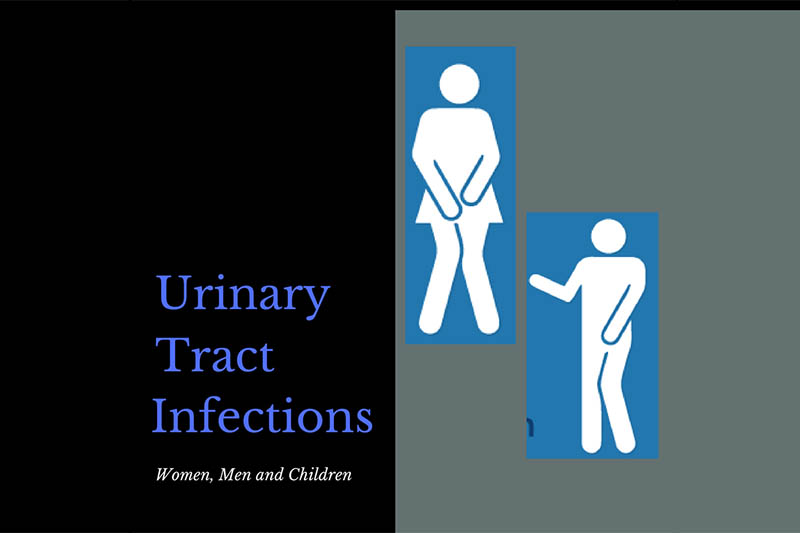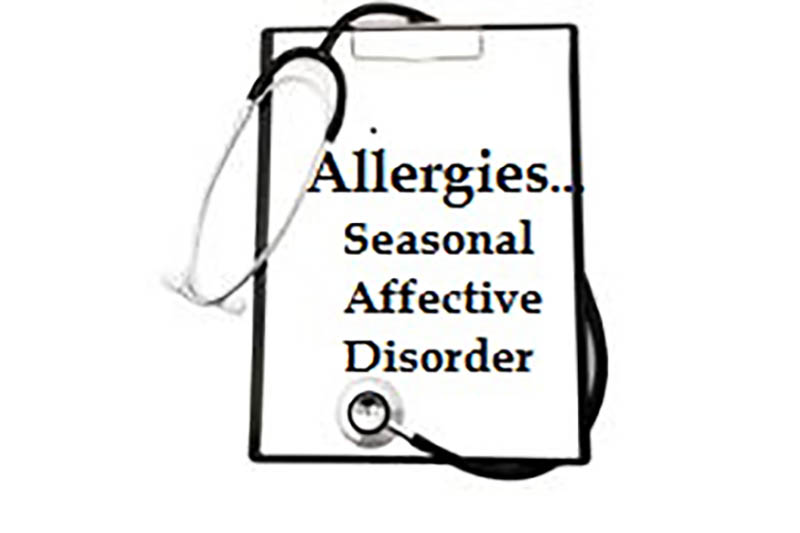
What are UTI’s? Urinary Tract Infections
Do you… Frequently or urgently need to urinate Often only pass small amounts of urine Have Pain or burning sensation when urinating These can be symptoms of urinary tract infections. There

Seasonal Affective Disorder is a type of depression that is related to seasonal changes. This condition is also known as: winter depression, winter blues, summer depression, or seasonal depression. To be correctly diagnosed, the affected person should be known to have normal mental health throughout the rest of the year, with periods of depression occurring at the same time each year, usually winter. It is caused by the variation of light exposure in different seasons, most commonly, lack of light in winter. The lack of sunlight decreases the chemical serotonin (which regulates mood), and increases the production of the chemical melatonin (increases sleep and drowsiness). Cases of SAD are rare in Australia and are more likely to occur in places further from the equator where the days are shorter.

Do you… Frequently or urgently need to urinate Often only pass small amounts of urine Have Pain or burning sensation when urinating These can be symptoms of urinary tract infections. There
Disclaimer – Our intent is not to diagnosis but to offer information on therapy choices and practitioners. Information on this site is intended general educational purposes only. Any statements made are carefully referenced and any information, products or services discussed are not intended to diagnose, cure, treat or prevent any disease or illness. Please consult a healthcare practitioner before making a choice.